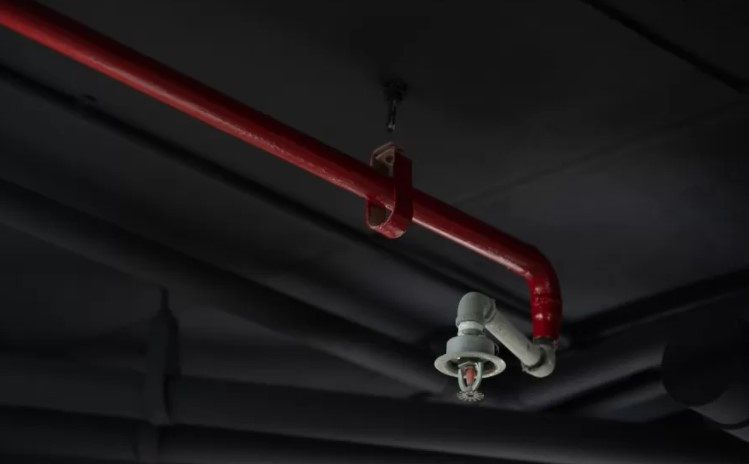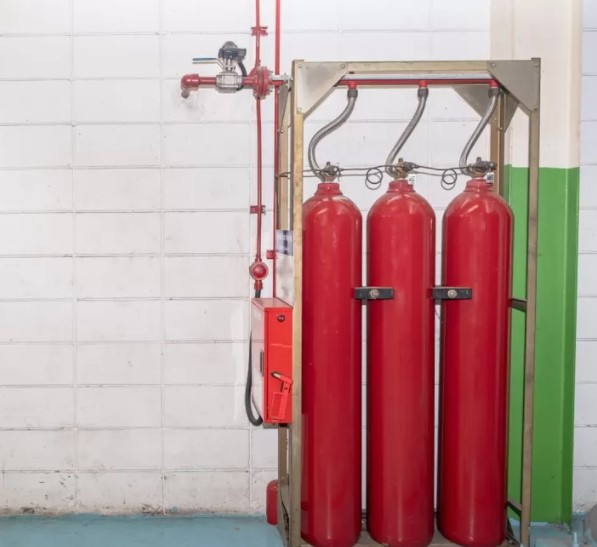Dedicated to safeguarding your industrial operations, assets, and personnel through advanced fire protection solutions. Meeting stringent NFPA and BNBC standards is paramount for effective fire safety, ensuring the protection of lives and valuable property. Robust fire safety measures are essential for industrial sites, particularly those handling hazardous materials, to prevent significant losses and operational interruptions. Implementing proactive fire safety designs supports long-term business objectives by minimizing potential disruptions and fostering uninterrupted operations. Complete water-based fire suppression, featuring efficient sprinklers, reliable standpipes, and powerful fire pumps for comprehensive coverage. Tailored specialized systems, including clean agent and foam suppression, address unique and specific industrial fire risks. Integrated fire detection and alarm systems, utilizing advanced smoke and heat sensors for prompt and precise alerts. Efficient smoke management and ventilation systems are designed to control smoke spread and facilitate clear evacuation paths. Strategic passive fire protection, incorporating fire-resistant materials, robust firewalls, and effective compartmentalization to contain fires. In-depth fire risk assessments are conducted to pinpoint hazards and develop customized fire protection strategies.
As a leading provider, we deliver comprehensive fire protection solutions meticulously tailored to industrial requirements, ensuring your facility adheres to the highest safety benchmarks.
Specialized design and strategic consulting services for developing robust and effective fire protection systems. Innovative solutions encompassing sustainable solar energy systems and advanced cleanroom environments. Optimizing industrial operations through the implementation of cutting-edge automation technologies. Email: info@technoapogee.com Phone: +880 1715-642540, +880 1714-378008 Address: House 226, Road 3, Avenue 1, Mirpur DOHS, Dhaka, BangladeshFire Protection Systems for Industry as per NFPA, BNBC 2020 & RSC
Why Industrial Fire Safety Matters
Ensuring Compliance
Protecting Assets
Operational Continuity
Key Components of Our Fire Protection Design
Water-Based Systems
Specialized Systems
Detection & Alarms
Smoke Control Systems
Passive Protection
Risk Assessments
Emerging Trends & Technology in Fire Safety
Standards & Regulations Updates
Technology Integration

Your Partner in Industrial Safety Solutions
Design & Consultancy
Solar & Cleanroom Solutions
Automation Solutions
Contact Us



